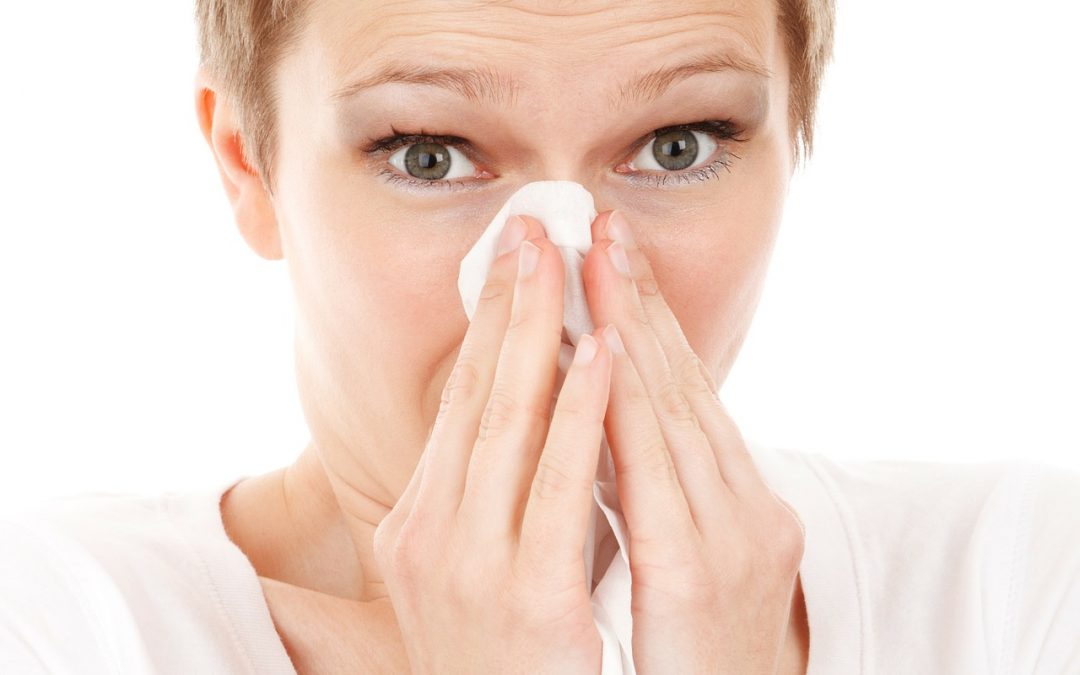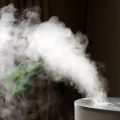Table of Contents
What’s the difference between a sinusitis and a cold? Sinus problems are an inflammation of the lining of the nose and also sinuses. It is a really usual infection in children. Viral sinus problems generally go along with a chilly. What’s the difference between a sinusitis and a cold? Sensitive sinusitis may go along with allergic reactions such as hay high temperature. Bacterial sinusitis is an additional infection created by the capturing of germs in the sinuses throughout the training course of a chilly or allergy. In this article, you’ll learn what’s the difference between a sinusitis and a cold?
Viral Colds: What You Need to Know
What’s the difference between a sinusitis and a cold? It is commonly challenging to inform if a health problem is simply a viral chilly or if it is made complex by a bacterial infection of the sinuses. Colds typically last only 5 to 10 days. Colds usually start with clear, watery nasal discharge. After a day or 2, it is normal for the nasal discharge to come to be thicker as well as white, yellow, or eco-friendly. After several days, the discharge comes to be clear once more and dries. Colds include a daytime coughing that typically gets even worse during the night. If a high temperature exists, it is typically at the beginning of the cool and also is generally reduced quality, lasting for 1 or 2 days. Cold signs typically peak in severity at 3 or 5 days, after that go away as well as improve over the next 7 to 10 days.
Signs of Bacterial Sinusitis
Signs include symptoms lasting even more than 10 days without boosting; thick yellow nasal discharge as well as a high temperature for at the very least 3 or 4 days in a row. You might also get a severe migraine behind or around the eyes that obtains worse; swelling and dark circles around the eyes, specifically in the morning. It’s also persistent foul breath along with chilly signs and symptoms.
Microbial Sinus Infection
In extremely uncommon situations, a microbial sinus infection may spread out to the eye or the main nervous system. If your youngster has the adhering to signs and symptoms, call your doctor instantly.
It might be hard to tell a sinus infection from a straightforward cold, particularly in the very first few days of the health problem. If your child has microbial sinus problems after examining your kid and also hearing regarding the development of symptoms, your doctor will most likely be able to inform. In older youngsters, when the medical diagnosis doubts, your pediatrician may buy computed tomographic (CT) checks to validate the diagnosis.
How to Treat Bacterial Sinusitis
What’s the difference between a sinusitis and a cold? If your child has microbial sinus problems, your doctor may recommend an antibiotic for a minimum of 10 days. Once your youngster gets on the medication, signs and symptoms need to begin to vanish over the following 2 to 3 days the nasal discharge will remove and also the coughing will certainly boost. Although your child may appear better, remain to offer the prescription antibiotics for the suggested length of time. Finishing the medications prematurely can trigger the infection to return.
Medical Diagnosis
When a medical diagnosis of sinus problems is made in children with cold symptoms lasting greater than 10 days without boosting, some medical professionals might pick to continue monitoring for one more few days. If your youngster’s symptoms get worse during this moment or do not improve after 3 days, anti-biotics ought to be started.
What’s the difference between a sinusitis and a cold? If your child’s signs and symptoms reveal no enhancement 2 to 3 days after beginning the prescription antibiotics, talk with your doctor. Your youngster may need or require a various medication to be re-examined.
Sinus Pain
What’s the difference between a sinusitis and a cold? To treat sinus discomfort, attempt putting a cozy washcloth on your youngster’s face for a few minutes at a time. Discomfort medicines such as acetaminophen or ibuprofen may likewise assist. Nonetheless, do not provide your child aspirin. It has been connected with a possibly deadly yet uncommon illness called Reye syndrome.
Nasal Congestion
If the secretions in your kid’s nose are specifically thick, your pediatrician may suggest that you aid drain them with saline nose drops. These are offered without a prescription or can be made in your home by adding 1/4 tsp of table salt to an 8-ounce mug of water. Unless encouraged by your doctor, do not make use of nose decreases that have medicines since they can be absorbed in quantities that can cause negative effects.
Positioning a cool-mist humidifier in your kid’s space may help keep your child a lot more comfortable. Clean and completely dry the humidifier daily to avoid germs or mold from expanding in it (adhere to the guidelines that came with the humidifier). Due to the fact that they can trigger burns or scalds, warm water vaporizers are not advised.
Keep In Mind
What’s the difference between a sinusitis and a cold? See your pediatrician if your youngster has signs of a bacterial sinus infection. Your pediatrician can effectively treat the infection as well as diagnose as well as suggest ways to assist minimize the discomfort from some of the signs and symptoms.






 I love to write medical education books. My books are written for everyone in an easy to read and understandable style.
I love to write medical education books. My books are written for everyone in an easy to read and understandable style.